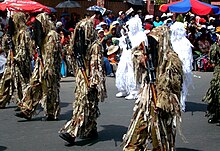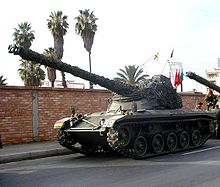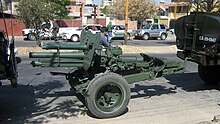
The politics of Bolivia takes place in a framework of a presidential representative democratic republic, whereby the president is head of state, head of government and head of a diverse multi-party system. Executive power is exercised by the government. Legislative power is vested in both the government and the two chambers of parliament. Both the Judiciary and the electoral branch are independent of the executive and the legislature. After the 2014 Bolivian general election, 53.1% of the seats in national parliament were held by women, a higher proportion of women than that of the population.

Ismael Montes Gamboa was a Bolivian general and political figure who served as the 26th president of Bolivia twice nonconsecutively from 1904 to 1909 and from 1913 to 1917. During his first term, the Treaty of Peace and Friendship with Chile was signed on 20 October 1904.

The Battle of Ayacucho was a decisive military encounter during the Peruvian War of Independence. This battle secured the independence of Peru and ensured independence for the rest of South America. In Peru it is considered the end of the Spanish American wars of independence in this country, although the campaign of Antonio José de Sucre continued through 1825 in Upper Peru and the siege of the fortresses Chiloé and Callao eventually ended in 1826.
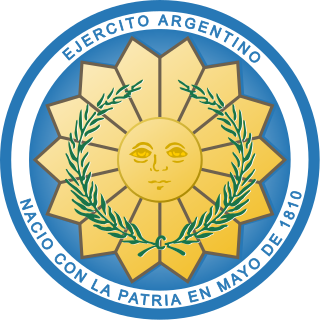
The Structure of the Argentine Army follows below. As of 2020 the active force of the Argentine Army includes a total of eleven brigades:
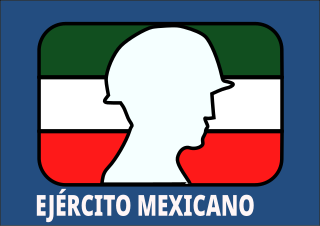
The Mexican Army is the combined land and air branch and is the largest part of the Mexican Armed Forces; it is also known as the National Defense Army.

The Bolivian Navy is a branch of the Armed Forces of Bolivia. As of 2008, the Bolivian Navy had approximately 5,000 personnel. Although Bolivia has been landlocked since the War of the Pacific and the Treaty of Peace and Friendship (1904), Bolivia established a River and Lake Force in January 1963 under the Ministry of National Defense. It consisted of four boats supplied from the United States and 1,800 personnel recruited largely from the Bolivian Army. The Bolivian Navy was renamed the Bolivian Naval Force in January 1966, but it has since been called the Bolivian Navy as well. It became a separate branch of the armed forces in 1963. Bolivia has large rivers which are tributaries to the Amazon which are patrolled to prevent smuggling and drug trafficking. Bolivia also maintains a naval presence on Lake Titicaca, the highest navigable lake in the world, which the country shares with Peru.

The Bolivian Army is the land force branch of the Armed Forces of Bolivia. Figures on the size and composition of the Bolivian army vary considerably, with little official data available. It is estimated that the army has between 26,000 and 60,000 men.

The vice president of Bolivia, officially known as the vice president of the Plurinational State of Bolivia, is the second highest political position in Bolivia. The vice president replaces the president in his definitive absence or others impediment and is the ex officio President of the Legislative Assembly.

The Bolivian Air Force is the air force of Bolivia and branch of the Bolivian Armed Forces.

José Miguel de Velasco Franco was a Bolivian military officer and statesman who served as the fourth president of Bolivia on four occasions: 1828, 1829, 1839-1841, and 1848. Velasco also served as the second vice president from 1829 to 1835 under Andrés de Santa Cruz, though the first two of his terms were as vice president-designate, pending Santa Cruz's arrival to the country.
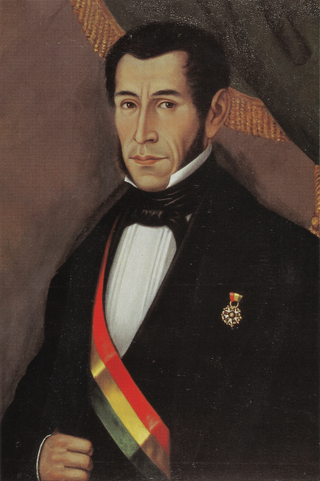
Mariano Enrique Calvo Cuéllar was a Bolivian lawyer, general and politician who served as the de facto eighth president of Bolivia briefly in 1841. He also served as the third vice president from 1835 to 1839 during which he also held the powers of acting president while President Andrés de Santa Cruz was in Peru. He would also be given the rank of general and commander of the Bolivian Army by Santa Cruz.

The Royal Guard is an independent regiment of the Spanish Armed Forces that is dedicated to the protection of the King of Spain and members of the Spanish royal family. It currently has a strength of 1,500 troops. While the Guard participates in parades and other ceremonial events, it is a fully functional combat unit. Its members are recruited from the ranks of all three branches of the Spanish Armed Forces and receive the same combat training as regular soldiers.

Boliviana de Aviación, legally incorporated as Empresa Pública Nacional Estratégica Boliviana de Aviación and commonly known as BoA, is the flag carrier airline of Bolivia and is wholly owned by the country's government. Founded in October 2007 and headquartered in Cochabamba, it operates most of its domestic network out of its primary hub at Jorge Wilstermann International Airport and maintains focus cities at El Alto International Airport and Viru Viru International Airport. Almost all international flights, including long-haul services to Madrid and Miami, operate out of Viru Viru airport in Santa Cruz de la Sierra due to the severe limitations of El Alto International Airport in La Paz, located over 4,000 metres (13,000 ft) above sea level.

Bolivia has had seventeen constitutions, including the present one, since its foundation in 1825.

The Emergency Military Unit is a branch of the Spanish Armed Forces responsible for providing disaster relief throughout Spain mainly, and abroad if required. It is the newest branch of the Spanish Armed Forces.
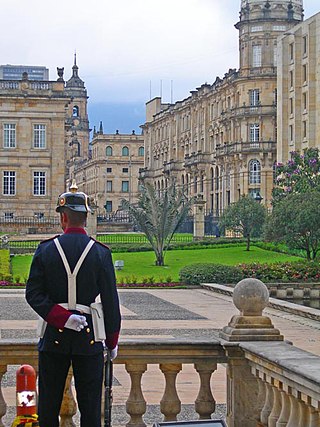
The 37th Infantry Battalion "Guardia Presidencial" is the President of Colombia's honor guard service unit under the National Army of Colombia. It is composed of five companies, a historical company and one artillery battery plus a military band, a fanfare trumpet section and a Corps of Drums. It is stationed at the Casa de Nariño in Bogotá and carries the traditions of Simon Bolivar's infantry guards company raised in the midst of the Spanish American wars of independence in 1815.
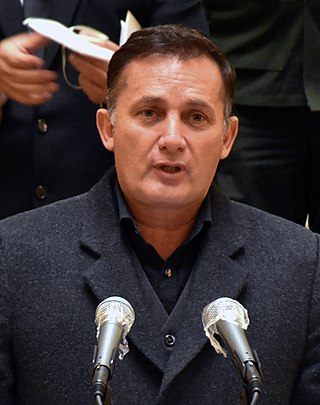
Luis Fernando López Julio is a Bolivian businessman, retired military officer, and politician who served as minister of defense from 2019 to 2020. Appointed in the tail end of the 2019 political crisis, López, along with Minister of Government Arturo Murillo, quickly became characterized as the "strong men" of the Jeanine Áñez administration and were implicated in the deadly events at Senkata and Sacaba. López was called to hearings by the Plurinational Legislative Assembly but failed to present himself three consecutive times, ultimately resulting in his censure by the legislature. As per the terms of the Constitution, he was dismissed as minister but, exploiting a loophole in the document's text, he was reappointed just a day later. Soon after, reports revealed his participation in the tear gas case, which accused the ministries of government and defense of irregularly purchasing non-lethal weapons at inflated prices.
Route 7 is a national road in the South American Andean state of Bolivia.


